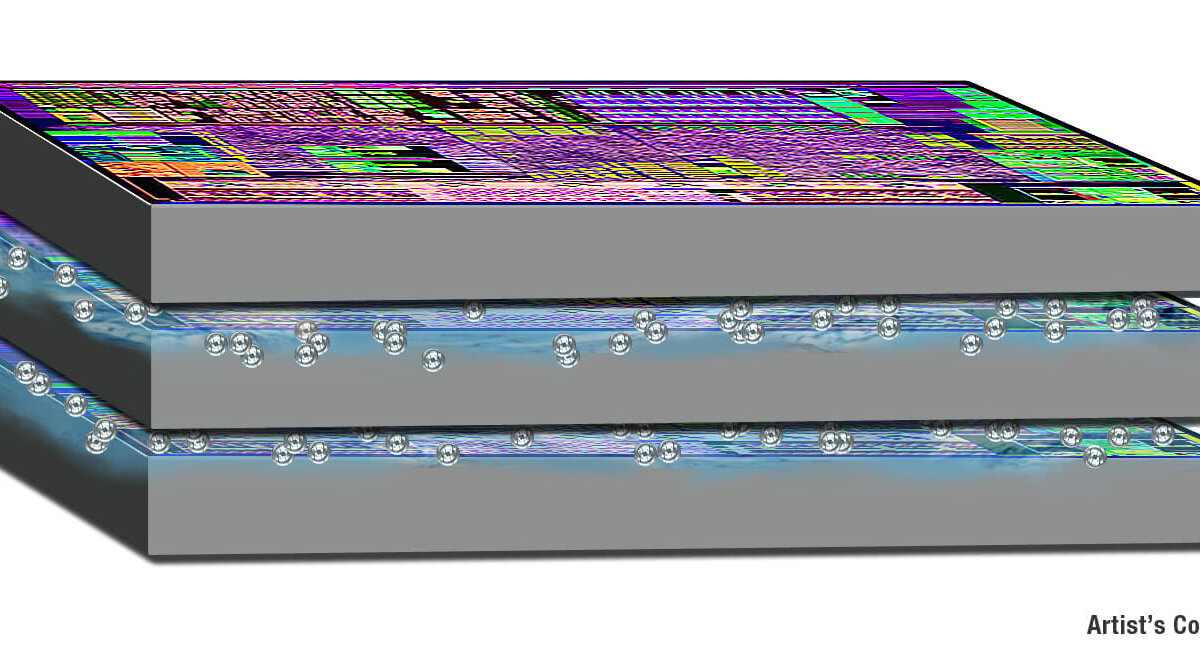3D ICs have clearly caught the eye of the military and aerospace electronics industries. I came across two separate announcements – one from Georgia Institute of Technology and one from IBM Microelectronics – that each had been awarded DARPA grants to work on chip-level cooling technologies as part of the government agency’s Intrachip/Interchip Enhanced Cooling program (ICECool).
According to a post by editor John Keller, of Military and Aerospace magazine, IBM will handle the first phase of this project, referred to as the ICECool Fundamentals program, and will develop the fundamental building blocks of intra- and interchip evaporative microfluidic cooling. Keller reports that IBM received a $5M grant to find ways to shrink chip-cooling technologies so that cooling can be built right into the chip. The goal is to close the gap between chip and chip-cooling technologies for military electronics like computers, RF transceivers, and solid-state lasers. Part of the work done by IBM may be modeling intra-chip cooling with evaporative flows in microchannel flow loops, one method of which would utilize the microgaps between chips in 3D IC stacks. IBM’s award was a result of the first round of DARPA solicitations, which came in June 2012.
For it’s part in the ICECool project, DARPA awarded Georgia Tech researchers a three-year, $2.9M contract to develop techniques that dissipate heat of as much as one kilowatt per square centimeter in the overall integrated circuit, and five kilowatts per square centimeter on smaller areas. According to this post in domain-b.com, the approach will have to handle on-chip hot-spots that dissipate lots more power per unit area than the rest of the device. Future generations of high-performing ICs in military applications will require these cooling solutions. Yogendra Joshi, professor in Georgia Tech’s Woodruff School of Mechanical Engineering and the project’s principal investigator, is quoted as saying, “there is really no good way to address this heat dissipation need with existing technology, and the problem is getting worse because computing power is increasing and the capabilities being put on chips are expanding.” He also says that cooling high performance ICs used in harsh military environments will be even more challenging than an office or computer room situation.
Another member of the GA Tech research team, Muhannad Bakir, who specializes in 3D interconnect systems, predicts that project results will enable new levels of performance and energy efficiency in future 3D heterogeneous systems.
Whether any of these cooling technologies ever find their way into consumer electronics is anyone’s guess. But it seems that at least DARPA recognizes the performance benefits of 3D ICs enough to fund finding solutions to the thermal issue. And as we’ve been saying, 3D technologies will be introduced first into those applications where performance outweighs sticker shock. ~ F.v.T.



















